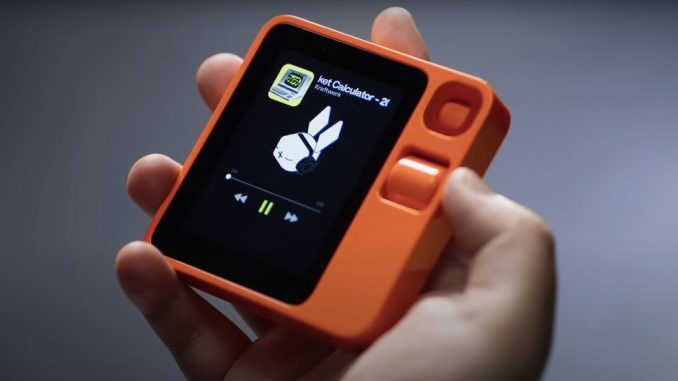
The Story of Voice-Operated AI Devices
For a number of years, the phenomenon of voice-operated computers has been a reality, spurred by the innovations from tech giants such as Apple, Google, and Amazon. These entrants have developed and effectively marketed their digital smart assistants and respective speakers. However, the plot is thickening with two startups surfacing with new gadgets that are honed to focus on voice command. Will they be able to penetrate the market and pave the way for the breakthrough? Although a significant effort has been directed towards popularizing voice control technology in the past, it hasn’t been easy sailing. The current crop of smart assistants, despite their respective merits, are not without limitations. A vocal command like “Hey Siri” may not necessarily yield the expected results. Consequently, these virtual assistants haven’t dramatically transformed the way we interact with devices. But the ball game may change with the newly-launched products from these startups.
Introducing R1 and Ai Pin
A case in point is the startup company Rabbit that has developed the R1 device. Launched at the annually held tech event ‘CES’ in Las Vegas, the R1 device aspires to replace conventional methods and run the digital life entirely through their virtual assistant. Aesthetically, this bright orange gadget appears like a toy with a screen, but it claims to be smarter than your phone, as claimed by Rabbit in their promotional video. The product’s introduction at CES made R1 a top choice, recording quick sales of its initial stock of 10,000 units. The video features numerous examples of its assistance, such as inquiring about a stock quote, requesting a suitable taxi for six passengers with three luggage or asking the lead actor in the Oppenheimer film.
Monetization and Cost
While R1 retails at approximately 180 Euros without the need for a subscription, it does raise questions about the longevity of this price given the significant investment in computer capabilities required to process all sorts of requests. The ensuing product, the Ai Pin, comes with a more hefty price tag and includes a monthly subscription fee. Understandably, Ai Pin offers advanced features that justify the price. It not only responds to your voice but is also equipped to respond to hand gestures. It conveniently contains a ‘mini projector’ that enables information projection in your palm, such as the track name playing, or the person you are on a call with. It also displays a basic home screen showing the date, the time, and the weather.
The Road Ahead and Possible Challenges
These two startups have a daunting task ahead. It’s not just about producing these innovative devices on a large scale, but also creating a niche and carving their space in a market dominated by big players. Beyond the challenges of convincing consumers to opt for their products, they also need to anticipate and plan for player acquisition by other major tech firms. The distinct claims of both startups assure that interactions with their devices will be seamlessly smooth. Associate professor of Human Algorithm Interaction Design at TU Delft, Dave Murray-Rust expresses some reservations however, stating that interactions involving speech need to be very precise and this can often be a challenging feat to accomplish. In summary, if these next-generation voice-controlled assistants can achieve a high level of precision in understanding commands, that will mark a significant step forward in the AI-enabled devices market.

Be the first to comment